In an interview held with pv magazine in late 2022, Radovan Kopecek, the co-founder and director of Germany’s ISC Konstanz, predicted that solar modules built with cells based on both-sided contacted technology, such as TOPCon panels, could potentially be driven out of the market by PV modules based on back-contacted (BC) designs by 2028, with the first strong market volumes of BC technologies materializing between 2025 and 2028.
More than two years on from that interview, Kopecek believes more than ever that the prospects he outlined at that time are currently taking shape, especially in light of the fact that large BC module makers such as Longi and Aiko recently announced surprising shipment results. “Both Longi and Aiko are convinced that the scenario I predicted may even materialize in 2027,” Kopecek told pv magazine. “I would rather stick to my 2028 outlook.”
Roadmap
Kopecek states that the PV industry will transition from pure TOPCon products to BC designs that could potentially be combined with TOPCon itself, or other mainstream technologies such as PERC or heterojunction. “TOPCon means that only the rear side of the cells have passivating contacts or carrier selective contacts, while BC technologies, which are leading the module chart and are the future I am talking about, have all contacts passivated,” he explained. “The next step may be a shift from pure TOPCon to a spurious TOPCon technology combined with BC.”
“TOPCon could be improved by placing the passivating contacts on the front side, which is called ‘double poly.’ However, this is more complex than what can be done for BC, where manufacturers only have to print the fingers on the front side very shallow. So, the logical consequence is to go to BC, especially to bifacial BC modules, for the utility-scale market,” Kopecek added. “Also the implementation of alternative metallization, like copper (Cu) or aluminium (Al), is much easier on the rear side without cannibalization of front side efficiency.”
According to Kopecek, the processes for manufacturing BC cells and modules was more complicated in the past. “ISC Konstanz initially started to cooperate with Chinese manufacturer SPIC and we developed how to improve the module technology further, at the stringer level. What was really important in the last four years was that companies like SPIC, Aiko and Longi were involved in the development of single processes. It is very important to produce BC panels with standard stringing processes.”
Equipment
Another key step in the uptake of BC products at the industrial level was the development of new, fast lasers. “A simple laser enhanced contact optimization (LECO) or a laser for selective emitters is not fast enough,” Kopecek said. “Additionally, it will be crucial to develop low-cost p-plus poly layers. At the moment, for example, we at ISC Konstanz are depositing poly layers and then we implement doping with boron diffusion. However, an intrinsic p-plus poly layer would be extremely beneficial to the production process. This is expected to happen in the next two years and will be a breakthrough, as it will have a positive impact on both performance and costs.”
Kopecek also explained that, for BC cell production, the in-situ doping in p-plus poly layers deposited via plasma-enhanced chemical vapor deposition (PECVD) has already been improved significantly, which will make the whole manufacturing process faster and capable of higher throughputs at the same cost. Processing of p-doped poly layers is more complicated because of the low solubility of boron in silicon, which is also the reason why TOPCon tech is based on n-type material having the passivating n-doped poly fingers on the rear. However, p-doped polysilicon is being developed at high speed and will be used more effectively in the future.
In terms of power conversion efficiency, ISC Konstant researchers say single-junction silicon solar cells are now approaching their theoretical limits, with cells and modules approaching 27% and 25-26%, respectively. “But most importantly, BC cells may reach almost the same bifacility rate as TOPCon cells,” Kopecek added. “The common belief is that bifaciality and BC don’t go well together, but this is not true. TOPCon has a fully covered rear side by an absorbing n-type poly-layer, while BC has p-plus and n-plus regions, in some cases also with some undoped regions which is beneficial. There is more shadowing by the metallization than in TOPCon, but the emitter for BC tech is on the rear side, which contributes to a higher internal quantum efficiency (IQE). If we consider all advantages and disadvantages, the bifacial factor can be almost identical to that of TOPCon, which is about 0.8.”
Costs
BC products are still more expensive than TOPCon products, although the price gap between the two technologies has narrowed considerably in the last year. “But in terms of cost per watt it will be lower in the future,” Kopecek affirms. “That will require the deployment of a new BC supply chain exactly as we have seen for TOPCon. This is how it worked in the past for all solar technologies and should also be in place for BC in 2028.”
At the moment, he estimates that ISC Konstanz’s BC technology is 30% more expensive than TOPCon. “But we will come down to 15-20% soon,” he added.
The current global production capacity of BC modules is about 50 GW and, according to Kopecek, may reach even 1 TW by 2030. “By 2028, pure TOPCon and BC may have a 50:50 share in the market,” he stresses. “By that time, most of the manufacturers may decide to shift to BC, although a quick transition will not be easy to achieve. It may not be a simple conversion from a production technology to another one, as we have seen from PERC to TOPCon. Chinese manufacturers may prefer to buy brand-new equipment, this is how they usually act, and a transition may require two to four years.”
In terms of geographic distribution, Kopecek noted that India is still transitioning from PERC to TOPCon, while China may see soon a shift from TOPCon to BC. “In the future China will be, as always, the fastest in transition to new PV technologies. It will then be followed by India and at the latest stage by the United States,” he stresses.
Tandem
Looking forward, Kopecek believes that BC may have applications in three or four-terminal tandem solar cells, although two-terminal designs seem so far to be the preferred solution by both research and industry.
“However, I also expect the large GW commercialization of tandem solar modules not to happen until 2030 to 2035,” he said. “The current producers such as Oxford PV are serving niche markets and a real breakthrough may come only with GW-scale factories. But if two-terminal tandem will be the winning technology, we still have the TOPCon technology that can be easily used with this design. If successful, tandem may be the next disruptor. I wouldn’t see a problem to go to TOPCon production, again.”
Standards
Standardization is another step in the scenario outlined by Kopecek. “In this regard, I believe acceptable standardization levels may be reached in 2026,” he states. “At this time, everything should be more or less standardized. At the beginning, TOPCon was also divided into many different paths and then it became standard. The companies active in the BC domain are still following different routes and next year it should be clear to everyone which will be the direction.”
Standardization is also desirable when it comes to naming the back-contact technologies. Before new entrants such as SPIC, Longi or Aiko Solar, it was usually named denominated interdigitated back-contact (IBC) and was mostly associated with the cell tech developed by Singapore-based Maxeon, now part of China’s TCL Zhonghuan. “We also gave the IBC label to our first ZEBRA solar cells, which have no passivating contacts,” Kopecek explained. “IBC, however, is too costly, also because of the plating. Now we moved to poly ZEBRA, which is based on TOPCon with BC design and is produced via screen printing.”
The industry is currently resorting to the xBC definition, meaning that different types of cells may have different letters before the usual BC acronym, as for example all-back-contact (ABC) for Aiko and hybrid passivated back contact (HPBC) for Longi. “However, BC should be the only definition we use looking ahead, we are working in this direction in workshops and conferences,” said Kopecek. “We have tried calling it tunnel back-contact (TBC) for a while, but we decided BC is a much simpler solution.”
Patent issues
Although TOPCon and BC manufacturers seem to be more exposed to potential patent issues, Kopecek is confident that the current scenario, in which several manufacturing giants are suing each other over mostly TOPCon designs, will not result in bad surprises for BC module makers.
“The patents on the back-contact technologies will expire, although not completely, in 2028, which means that from this year everybody may manufacture BC products without having to buy a license,” Kopecek emphasized. “The technology was patented almost 20 years ago by Sunpower/Maxeon and the most critical patents will expire in just three years. That’s why I believe 2028 will be a turning point for this technology, as capacities may be scaled up quickly.”
This content is protected by copyright and may not be reused. If you want to cooperate with us and would like to reuse some of our content, please contact: editors@pv-magazine.com.
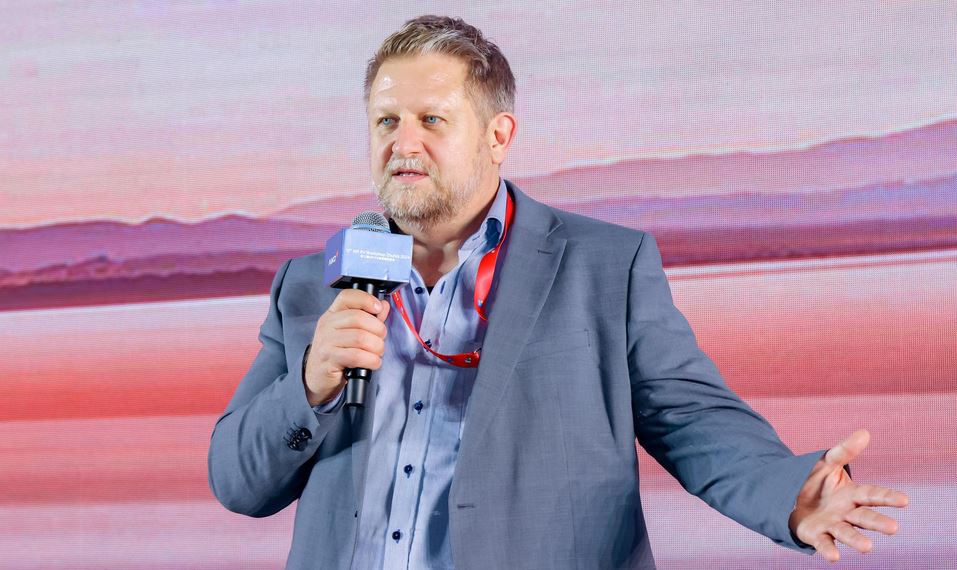
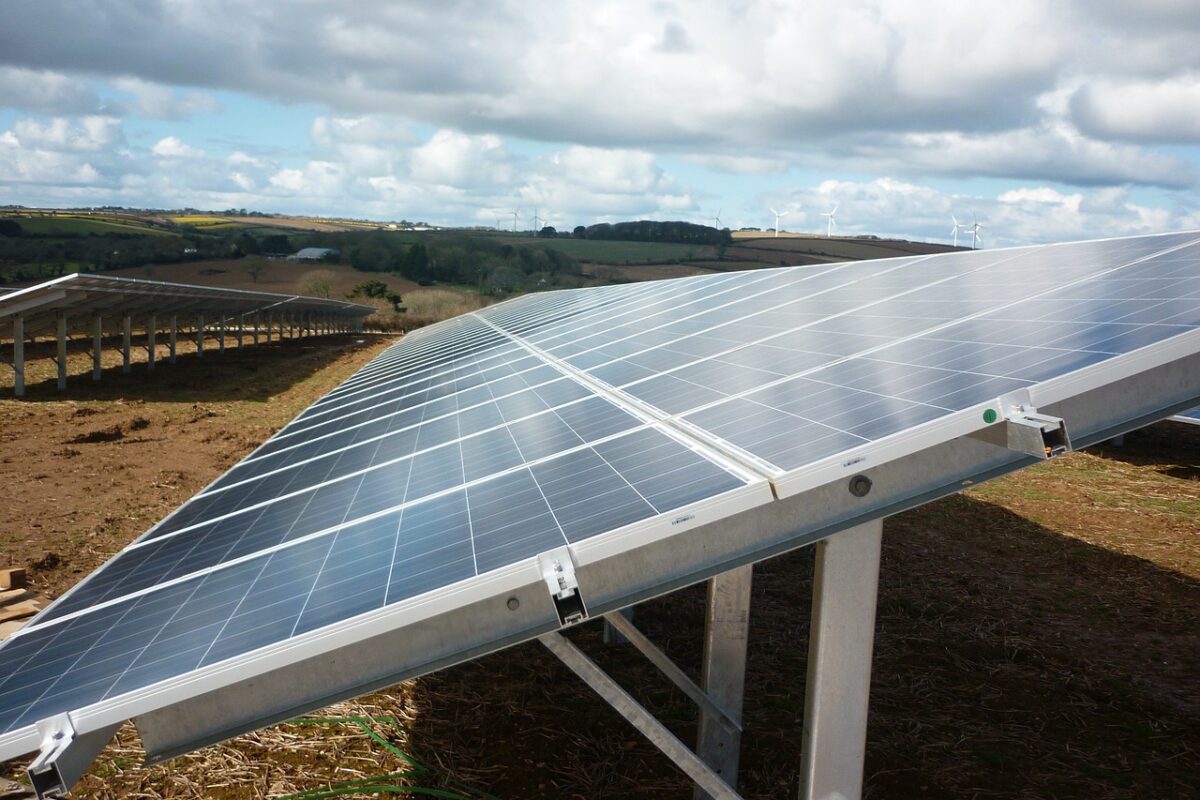
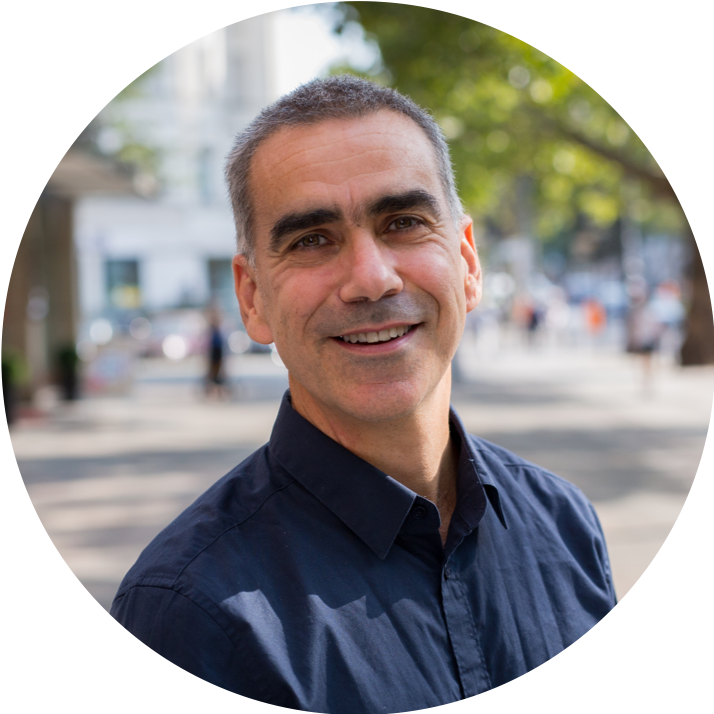


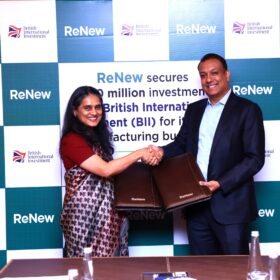
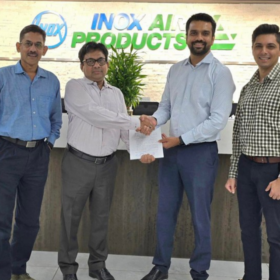
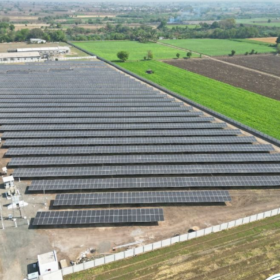
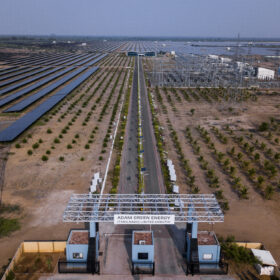
By submitting this form you agree to pv magazine using your data for the purposes of publishing your comment.
Your personal data will only be disclosed or otherwise transmitted to third parties for the purposes of spam filtering or if this is necessary for technical maintenance of the website. Any other transfer to third parties will not take place unless this is justified on the basis of applicable data protection regulations or if pv magazine is legally obliged to do so.
You may revoke this consent at any time with effect for the future, in which case your personal data will be deleted immediately. Otherwise, your data will be deleted if pv magazine has processed your request or the purpose of data storage is fulfilled.
Further information on data privacy can be found in our Data Protection Policy.